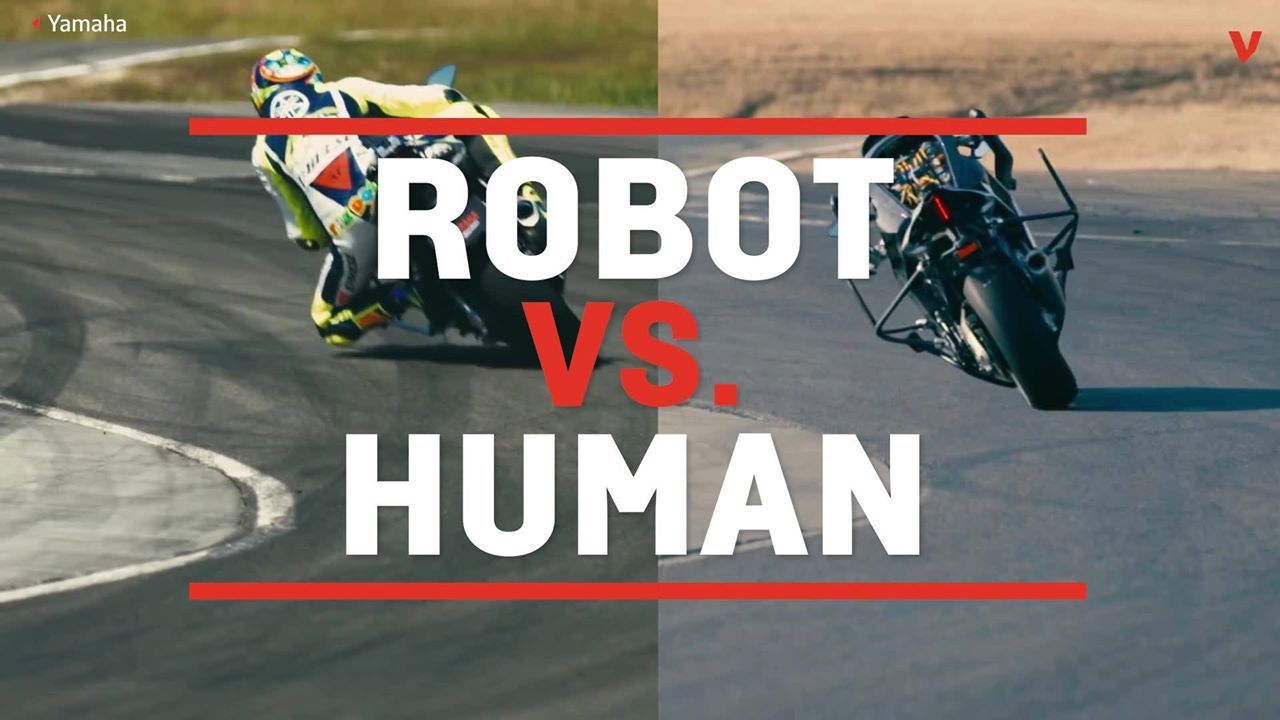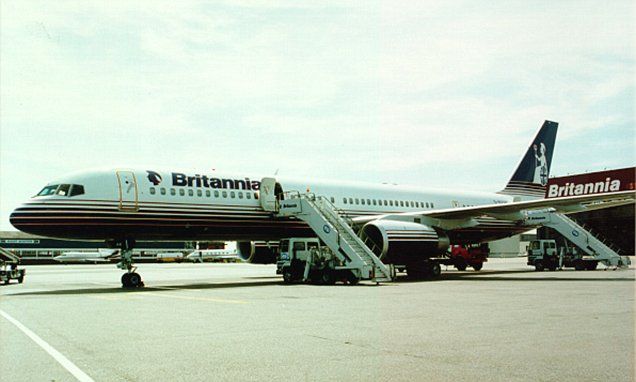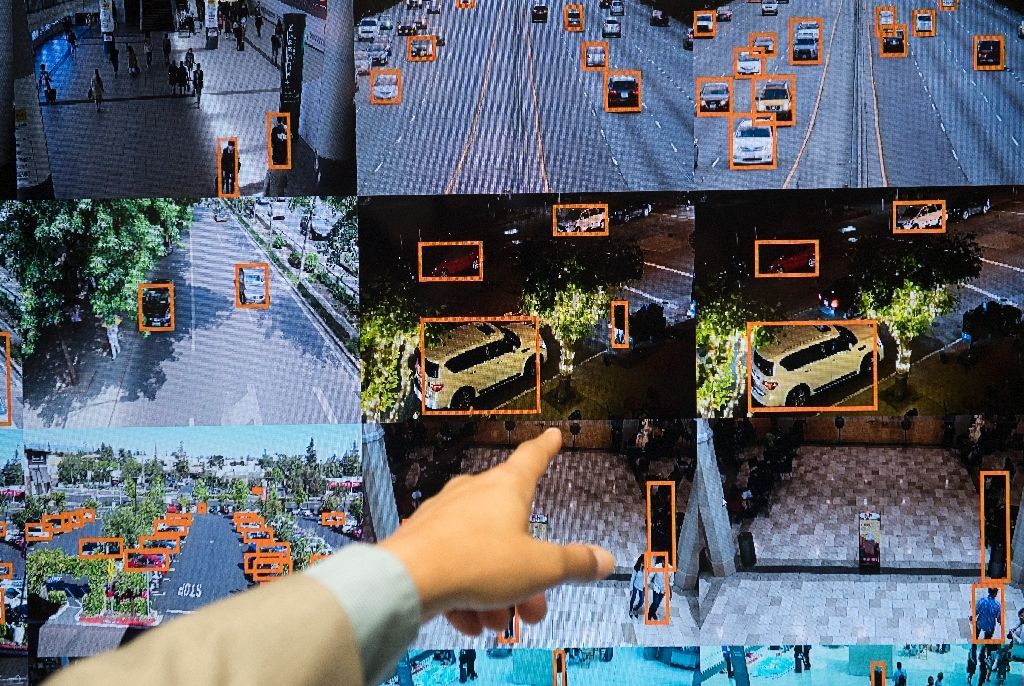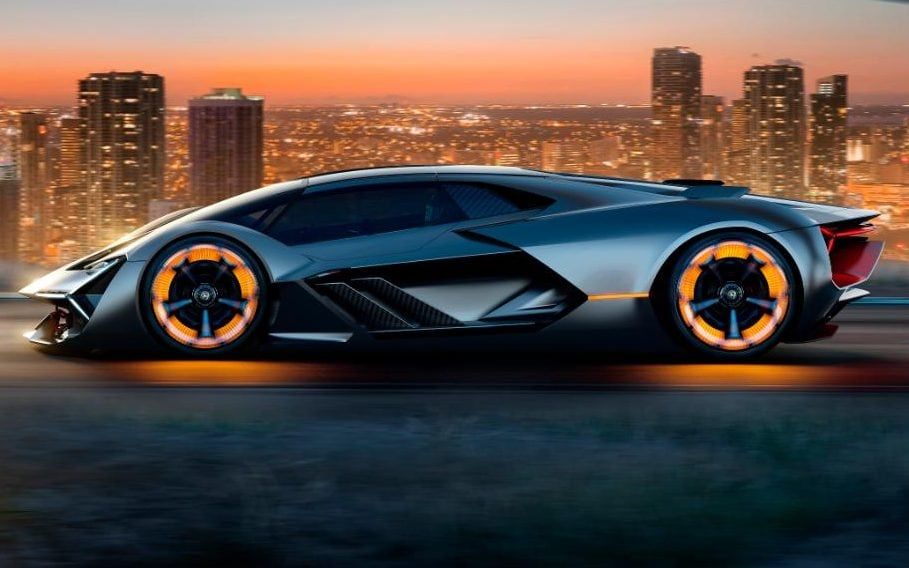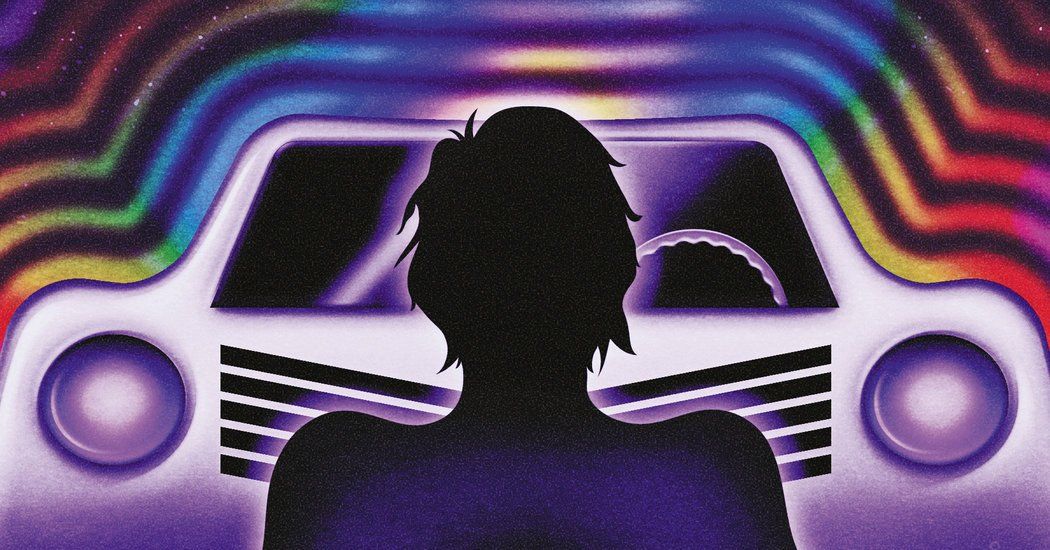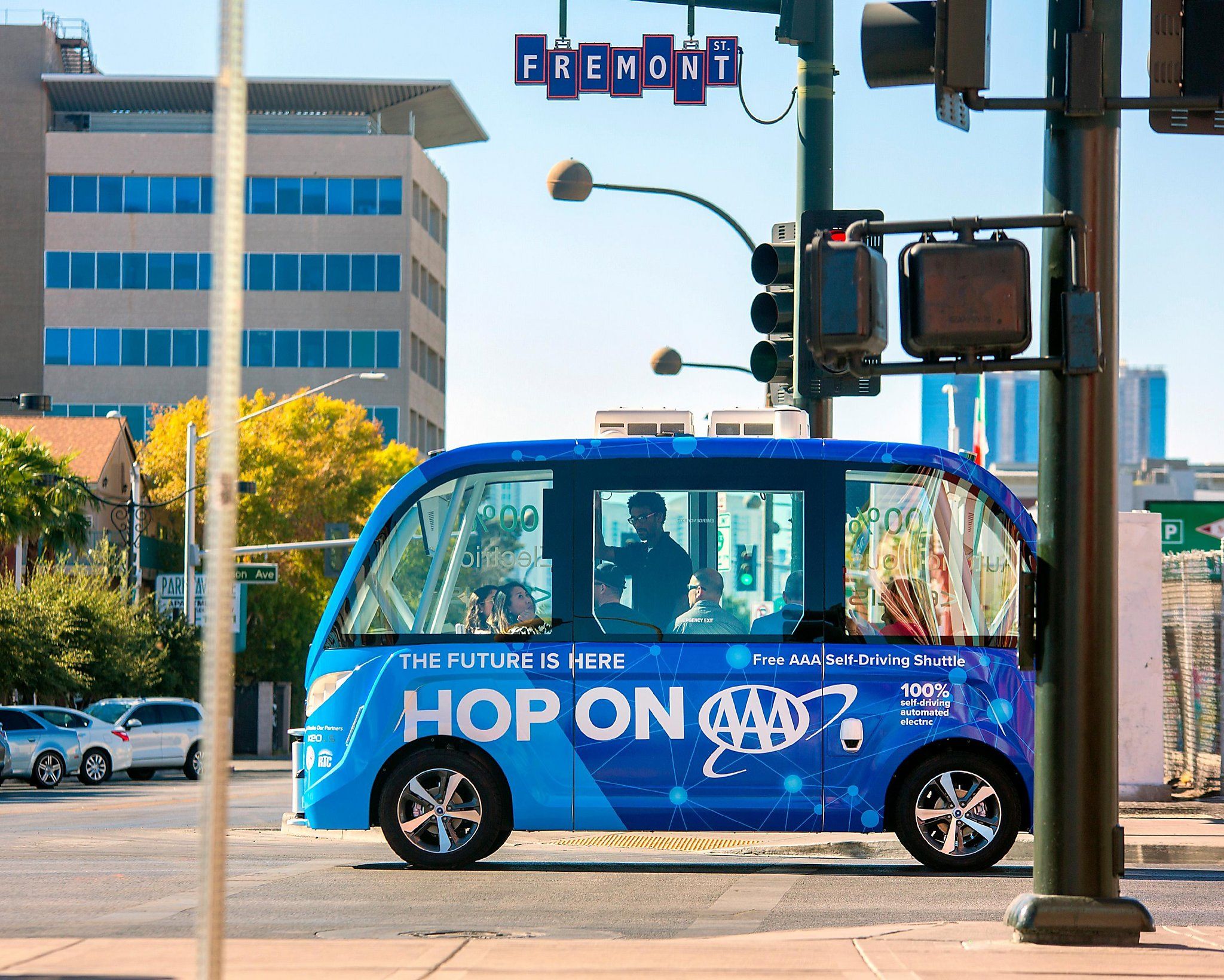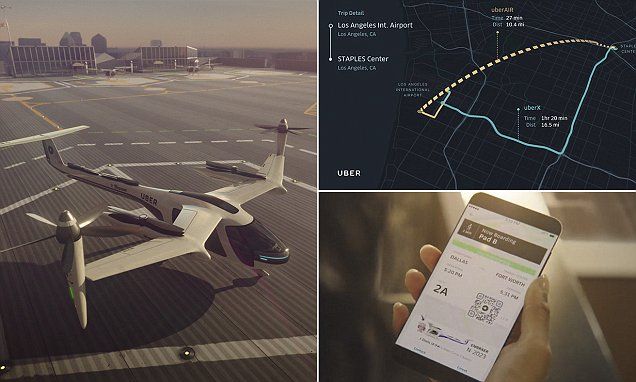As the common tropes of science fiction continue to break out into reality, from humanoid robots to self-driving cars, there’s one concept that has seemingly remained beyond our grasp: time travel.
But, jumping through time might not be impossible, after all, according to one astrophysicist.
By the rules of theoretical physics, certain conditions exist that would allow for the construction of elaborate wormholes, which could transport humans back to different eras.
While scientists have yet to discover the conditions needed to travel back in time, and construction a system large enough for humans certainly wouldn’t be easy, ‘there’s nothing forbidding it’ in the laws of theoretical physics, explains astrophysicist Ethan Siegel of Lewis & Clark College in the Forbes blog Starts With A Bang.
Backward time travel would rely on the elusive counterpart to the known positive energy / positive or zero mass particles found all throughout the universe – the negative mass/energy particles, which have long been theorized but never yet found.
‘If this negative mass/energy matter exists, then creating both a supermassive black hole and the negative mass/energy counterpart to it, while then connecting them, should allow for a traversable wormhole,’ Siegel writes.

